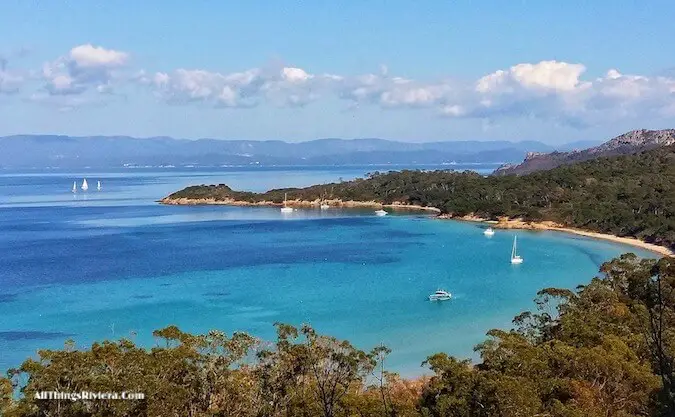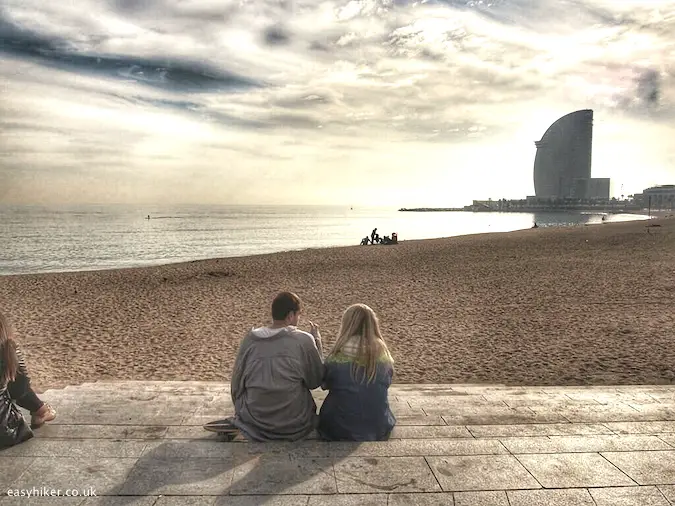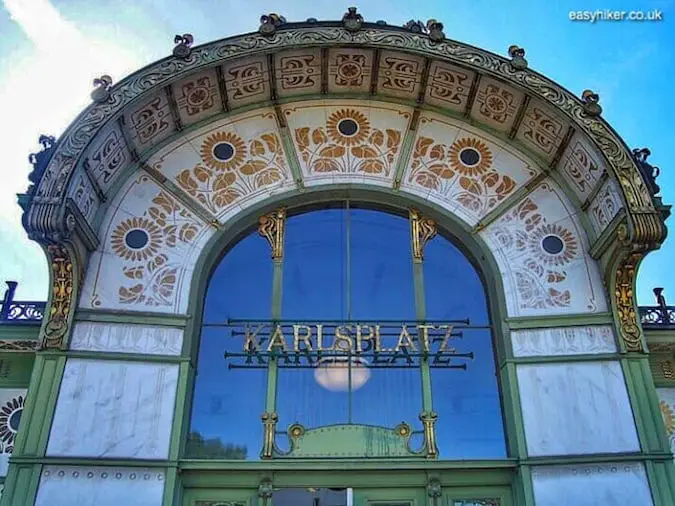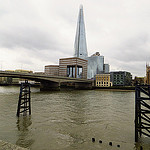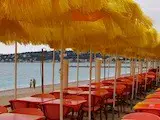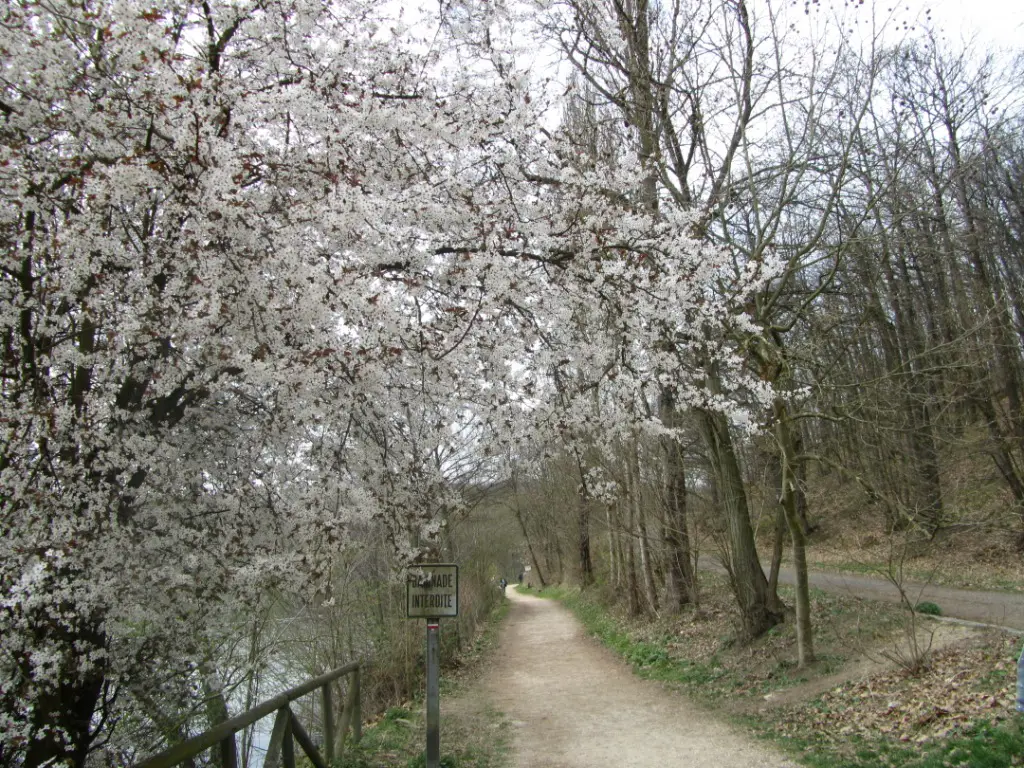When we talk about “storied“ towns and cities, the kind of story that we have in mind involves palace intrigues and poisonous plots, riots and revolutions, blood and fury: Troy, Jerusalem, Rome.
Not all municipal histories, however, unfold on such an epic scale. There is a no less interesting category of shorter and sharper morality tales where some town assumes an enormous significance and status, benefiting from circumstances and conditions that, ultimately, prove to have been merely transitory before losing it all, often in a monumental and catastrophic crash: Pompeii, Carthage, Klondyke.
This group also includes the south-central French spa town of Vichy.

For centuries, Vichy – 60 km north of Clermont-Ferrand and only a three-hour modern train ride away from Paris – had been known for the supposedly healing qualities of its spring waters. It was only when the Emperor Napoleon III came here to be treated repeatedly in the 1860s, however, that Vichy became the fanciest spa town in the world.
Dozens of hotels were built to accommodate tens of thousands of guests, a train line was completed to ferry them in and out, and newly established communication links allowed the town’s esteemed guests to remain in contact with their offices and businesses in Paris and beyond.
But then, history intervened. In 1940, France had fallen to the Nazi invaders, following which the victorious Germans decided to split the country into two: one part was to remain occupied and governed more or less directly from Berlin (the more important part, obviously: Paris and the industrial north) while the other part – the largely rural south – was unimportant enough to be handed back to the French (under close supervision, of course).
This puppet state of “rump France” needed an administrative centre: some place that was grand and beautiful enough to suggest a capital to national deputies and foreign embassies alike (even the US had an embassy here until 1942), but not too big (featuring a potentially unruly population of workers and assorted riffraff) while still big enough to accommodate thousands of civil servants and their foreign supervisors.
The new capital also had to be equipped with modern communication links (phone lines), something which – at the time – by no means all towns or cities would have been able to deliver.
It turned out that there was only one place in the southern half of the country that ticked all of these boxes.

In many ways, a trip to Vichy is a trip back in time: to the era of the Deuxième Empire when it was built but also to the 1940s when Vichy’s art nouveau splendour became the backdrop for the 4-year-long period of collaboration with Nazi Germany, which still represents for many people in France a shameful stain on the honour of the nation.
At the same time, a visit to Vichy also can tell us something about today’s world: it is certainly interesting to see how the municipality of Vichy – up to a point standing in for the country as a whole – has opted and is still opting to deal with its difficult history.
Most of the Vichy Government’s offices were billeted in one of the hotels around the central Parc des Sources.
Coming from the train station and the Rue de Paris, you will first spot the Hotel Carlton, …

… home of the “Free Zone’s” Treasury and a range of other important government departments.
Cross the park to find the government’s most important building: the “Hotel du Parc”, which has since been converted – like most of the town’s former grand hotels – into residential units.
This hotel housed the offices of the Vichy government’s two key men.

Marshall Pétain, the nominal Head of Government, worked on the 3rd floor (the apartment behind the black shutters in the photo above).
Pétain, the victorious general of the WWI battle of Verdun and later Chief Commander of the French army, was 84 years old when he assumed his new office under a programme of “Motherhood, Work and the Fatherland”.
To what extent did he really believe that he was serving France rather than his government’s German puppet masters: was he merely a foolish old man or a traitor? This has been an open question ever since.
A few years ago, his former offices were acquired by the “Association for the Defence of the Memory of Marshal Pétain” which was planning to turn the flat into a museum. This plan, however, has been met with stern resistance from neighbours and the municipal government, and the situation appears to be very much stuck in limbo.
One floor beneath the “Old Maréchal`s” offices were those of Pierre Laval, his “Prime Minister” who enjoyed the full confidence of the Berlin top brass and was therefore the government’s real centre of power. Following the victory of the Allied Forces, Laval was executed in 1945 whereas Petain’s death penalty was converted into life imprisonment. The Maréchal died in 1951, aged 95.
There is only a single public monument in Vichy to commemorate this period in the town’s and nation’s history: the memorial stone outside the Hotel du Parc which was erected in 2001 by Serge Klarsfeld and a Jewish organization …

… after Klarsfeld’s initial attempt to have a similar monument installed inside the building fell victim to outraged protests by the building’s residents and was repeatedly defaced.
The new stone, too, is regularly attacked, according to a fascinating travel piece in The Guardian, and it seems that the desecrators are rarely pursued with anything approaching vigour.
Continue alongside the street that runs by the Rue du Parc where nearly all of the former hotels used to accommodate Vichy government offices – for example propaganda, sports and youth in the case of the Hotel Plaza …

… and the War Office in the case of the (former) Hotel Thermal one block further down.

Cross over from here to the grandly designed Park Napoleon which is facing the Allier river …

… and continue in a southern direction until you find, two blocks down, the ancient residence of the Marquise de Sevigne, the 17th century literary chronicler who reportedly used Vichy waters to cure the paralysis in her writing hand. (Marshall Pétain used the building as his private residence.)

Turn left from here for a little detour (in terms of the walk’s theme rather than its topography) to the Eglise St Blaise on Rue de l’Eglise, a rather stunning Art Deco building and well worth a look …

… to the Lycee des Celestins on the corner Rue du Marechal Lyautey and Rue Gallieni, the former address of the Hotel des Celestins and – in the “Vichy years” – of the Home Office and the National Police Department.

Continue now, across the Place de la Victoire, into Rue Roovere until you reach the corner of Boulevard Carnot.
The shame and fortune of Vichy, its heart of darkness: it was here where, in the former Hotel Algeria, the truly dirty work of the Vichy government was done, where the Department for Jewish Affairs finalized the lists for Jewish deportations into the death camps of the east.

We found no indication anywhere in the street as to the possible location of the former Hotel Algeria. A nondescript block of flats stands right on the corner of the two streets, but it does not look like a former hotel and fails to match the description in the aforementioned Guardian article as a “deserted, boarded-up building”.
Has the Jewish Department’s former residence been torn down? The article, after all, was written nearly 20 years ago.
The story of the shame and fortune of Vichy as the capital of France is over, but the town lives on. Vichy is once again a small and prosperous spa town – even if it is no longer as prosperous as before – and has apparently decided that the best way to deal with its difficult past is not to talk about it.
Undoubtedly, Vichy is a town with a story – even if it is a story it prefers not to tell. But then again: that is a story in its own right.

